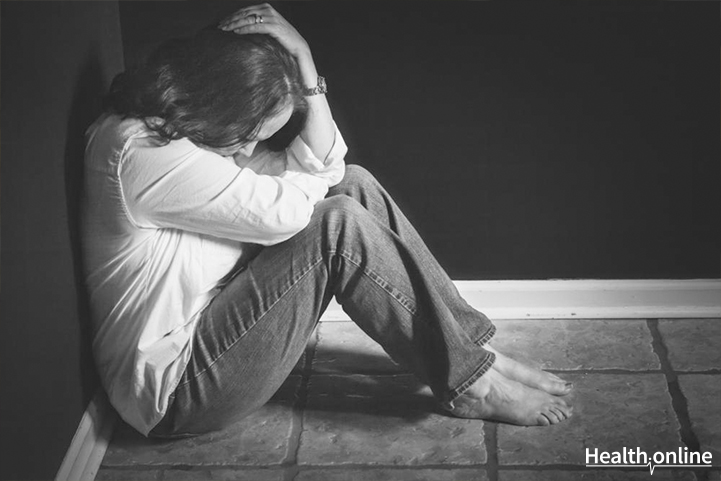
Diagnosing Bipolar II Disorder
Bipolar disorder is a type of mental disorder. The DSM-5 (Diagnostic and Statistical Manual of Mental Disorders) provides a complete chapter on diagnosing Bipolar and Bipolar Related Disorders.
Bipolar II Disorder: Hypomania Episodes and Major Depressive Episodes
Bipolar II Disorder is characterized by episodes of hypomania and episodes of depression. Hypomania is defined as elevated, expansive or irritable mood disturbance that lasts for at least 4 days in a row. It must include at least three of the following symptoms: grandiosity, decreased need for sleep, excessive talking/pressured speech, racing thoughts or flight of ideas, clear evidence of distractibility; increased level of goal-focused activity at home, at work, or sexually; and/or excessive pleasurable activities often with painful consequences.
While patients who have Bipolar I and Bipolar II will have these episodes of mania, the difference between the two types of Bipolar is that those who experience hypomania, do not have symptoms so serious that they interfere with their ability to function. Bipolar II Disorder patient’s symptoms do not result in hospitalization, impairment of job, or social functioning. On the other hand, patients who have Bipolar I disorder will have a significant impairment that may result in hospitalization.
Patients with Bipolar II Disorder will also experience signs/symptoms associated with a major depressive disorder. Same as type I, they must have at least 5 major depressive symptoms with at least one of the symptoms being a depressed mood or loss of pleasure/interest. Depressed mood includes: decreased pleasure or loss of interest in activities that were once enjoyable; significant weight loss or weight gain associated with a loss or increase of appetite respectively; hypersomnia or insomnia; psychomotor retardation or agitation; loss of energy or fatigue; feelings of worthlessness or feelings of excessive guilt; loss or inability to concentrate or marked indecisiveness and/or pre-occupation with death and/or suicide; and an inclination towards suicide. These signs/symptoms are the same when compared to patients who have Bipolar I Disorder and are experiencing major depressive episodes.




